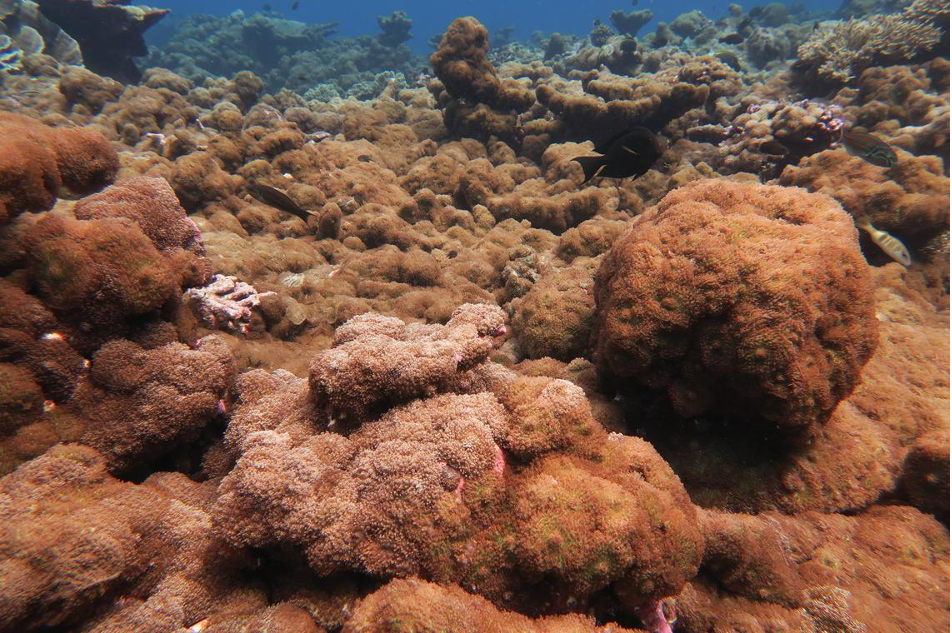Perhaps that's when the seeds were planted. But now the grounds are shifting by growing the harvest we've prepared. Truly the stage was set by colonialism hundreds of years back, etc.
anindefinitearticle
Although considering the current balance of power, something promising this might actually end up being:
I believe that something horrible is about to happen the following five to ten years. We will then reflect, as we did in the aftermath of the two first world wars, on human predisposition to outgroup, other, dehumanize and eliminate.
I believe that we're already 5-10 years into the foreshocks of that something horrible. I believe that in the next 5-10 years it'll reach a climax if we don't stop to reflect now.
I'd rather not work until I'm dead. Seems more fun and less time consuming.
would have to be fixed in the driver, or at least ALSA or PipeWire
coppwr
Set up a dummy device whose input is a monitor of the HDMI out, and make the dummy device's output the headphones.
Used to use pactl for pulse, but coppwr makes pipe wire configs very visually accessible.
heart to sun
see it and run
what they say is a screen
they're lying to thee
\
they show their hand
while insisting again
no you did not see
no not never nazi
Very cool read! I learned a lot. Let me quote a few interesting passages.
Fish do congregate around wrecks and make them their new homes, but (emphasis mine):
Paxton, Taylor and their colleagues are working to further understand how fish use artificial reefs, and if new human-made reefs prompt fish populations to grow or just pull them from elsewhere. “Are these fish being taken away from nearby natural habitats, or over time are new fish actually being produced?”
Not to mention pollution potential, even from basic building materials like iron that persist after intentional scrubbing and decontamination:
Almost anything can become a reef under the right environmental conditions. But many objects can be sources of underwater pollution in their original states. Toxic paints, asbestos, iron and rusting metal particles can seep out of the structure and into the surrounding waters. Because of this, official reef-creation projects include extensive cleaning and decontamination before the structure or object is sunk into place. That’s not possible, of course, in the case of shipwrecks, which often sink and are abandoned in times of duress or bad weather and only are rediscovered as artificial reefs years later.
For example, scientists have noted instances of iron leaching from sunken ships and having adverse knock-on effects on surrounding reef life. In 2008 at Palmyra Atoll, a reef formation and U.S. National Wildlife Refuge south of Hawaii, researchers observed an invasion of a type of sea anemone called a corallimorph around a shipwreck. The vessel, which ran aground in 1991, was moored to the ocean floor by iron chains. Algae need iron to grow, but the element isn’t plentifully available in many parts of the central and south Pacific Ocean, so its sudden abundance prompted an explosion of algae and an unbalanced invasion of the corallimorphs. The overgrowth, dubbed a “black reef” by scientists due to the anemones’ dark coloration, stretched for over half a mile around the shipwreck and smothered the existing coral in the area.

Invasive corallimorphs, a type of sea anemone, crowd out coral around a shipwreck site at the Palmyra Atoll National Wildlife Refuge in the central Pacific Ocean. (Thierry Work, USGS)
The shipwreck was removed in a multimillion-dollar restoration project spearheaded by the U.S. Fish and Wildlife Service in 2013. In the years since, scientists have had some success with attempts to rid the reef of lingering corallimorphs with pulverized bleach, a treatment that could be used at other similar sites. The Palmyra Atoll is renowned for its biodiversity (it’s home to three times as many coral species as the Hawaiian Islands), and scientists hope the restoration and removal efforts will help retain the area’s abundant marine life.
So, it sounds like these wrecks can become habitats, but they aren't as biodiverse as natural coral reefs and can have other negative consequences. If we've destroyed the natural habitat, then these can be band-aid replacements so the fish at least have somewhere to go. If the natural habitat still exists in an area, then that natural habitat is much healthier without contamination.
If they can still clap when the plane lands, they will.
It seems ridiculously irresponsible to just sink our old ships when we're done with them.
What happens in your class? Do the kids play sports and you supervise? How is it decided who plays what (assigned or self-directed)? Is there time and space for exploratory play, or are the only options pre-structured and pre-determined sports and games?